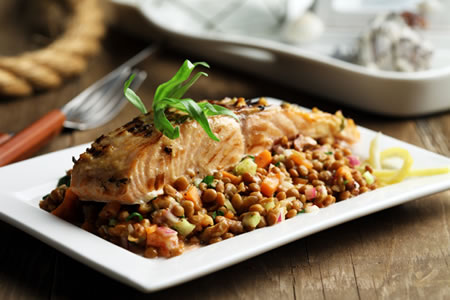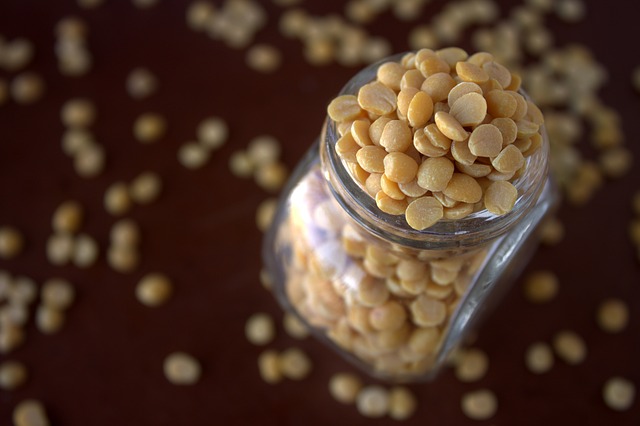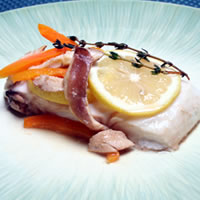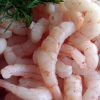Legumes are grown mainly for their grain seed, which is called pulse – and lentils are an edible pulse.
Lentils are second only to soybeans as having the highest ratio of protein per calorie of any legume.
The low levels of readily digestible starch and the high levels of slowly digested starch make lentils a good choice for people living with diabetes.
In South Asian cuisine, split lentils (often with their hulls removed) are known as lentils. Usually eaten with rice or rotis, the lentil is a dietary staple throughout regions of India, Sri Lanka, Pakistan, Bangladesh and Nepal. The majority of lentils produced worldwide come from Canada, India and Australia.
Like all pulses (a term that includes dried beans, dried peas and lentils) lentils are a great source of fiber.
Just a half-cup of cooked lentils provides nearly as much fiber as two cups of cooked oatmeal, and much of it is the type of fiber that helps lower blood cholesterol.
Iron and the B vitamin folate are also important for maintaining healthy DNA are high in all pulses.
As do other pulses, lentils provide both protein and health-protective phytochemicals like flavonoids.
Preparing lentils is easy!
Lentils’ easy preparation requires no soaking like other dried beans, so you can go from pantry to table in about 20 minutes.
Cook lentils in water until tender but not mushy, holding salt and any acid ingredients (such as lemon or tomatoes) until the end to avoid toughening the lentils and increasing cooking time. The ratio is 3 cups water to 1 cup lentils.
Pulses are similar in nutrition, but you can enjoy exploring the many types for a variety of flavors.
Brown lentils are part of renowned dishes all around the world. They can serve as a meat replacement or extender in your favorite stew, soup, chili, or rice- or vegetable-based mixed entrée.
The little red lentils and yellow lentils dissolve into sort of a purée, so they’re great for thickening soups and stews, or mashed as in some Indian dal recipes.
You may also see French lentils, which are smaller than more common types, but these take longer to cook. French lentils retain their shape and firmness and add a peppery flavor, making them a great choice for salads.
In terms of calories and nutritional information, 1/2 cup of boiled lentils provides about 115 calories, trace fat, 2mg sodium, 360mg potassium, 20g carbohydrate, 8g fiber, and 9 grams of protein. They can and should be included as part of a healthy diet for people living with diabetes.
Whatever your choice, enjoy lentils as a quick and easy way to work more legumes into your eating habits.
Try Lentil Soup, 3 ways, Lentil and Rice Stuffed Squash or this recipe for Grilled Salmon Over Lentil Salad with Walnut Vinaigrette from our Seafood recipe section.

GRILLED SALMON OVER LENTIL SALAD WITH WALNUT VINAIGRETTE
Sources: Karen Collins, MS, RDN, CDN, FAND; American Institute for Cancer Research; WikiPedia










